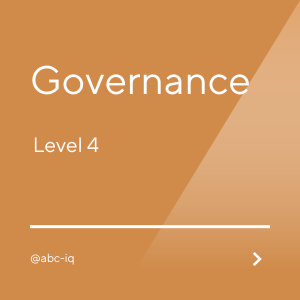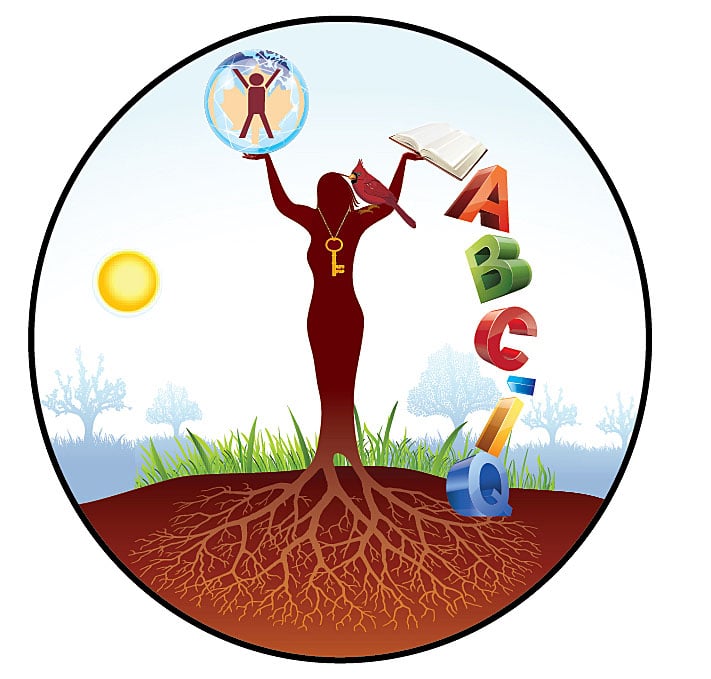
Governance
Workforce Workshop
Preparedness in All Weather Climates
Stress Management Strategies for the Workforce
Includes Psychology of Success
Writing Skills / Basics
Strengths Assessment - Goal Setting
Examination of Landmark Cases Challenging Conventions
Improvement Planning SWOTS, Strengths, Weaknesses, Opportunities, Threats, Solutions, Empowering Workforces For the Future
Problem Based Learning Forensics Analysis Case Study: When Does an Act Become a Crime?
An act becomes a crime when it meets the following criteria:
- Actus Reus (Guilty Act):
- This refers to the physical act or unlawful omission that constitutes the criminal offense. It must be a voluntary action, omission, or state of being prohibited by law. Without this, there is no crime.
- Mens Rea (Guilty Mind):
- The mental state or intent of the individual at the time of the act determines whether the act constitutes a crime. Common states of mind include:
- Intention: Deliberately committing the act.
- Recklessness: Knowing the risks and proceeding anyway.
- Negligence: Failing to meet a standard of care.
- Strict Liability: In some cases, intent is not required (e.g., regulatory offenses).
- Chain of Events and Causation:
- A crime is often set in motion by an initial event that creates a chain reaction leading to the prohibited outcome. The prosecution must establish that the defendant’s actions directly caused the result, such as harm or damage.
Aristotle's Rhetorical Triangle
The rhetorical triangle is a framework by Aristotle for effective communication and persuasion. It emphasizes balancing three elements:
- Logos (Logic):
- Appeals to reason and logic.
- Relies on facts, evidence, statistics, and rational arguments to support the message.
- Example: Citing research data to back up a claim.
- Ethos (Credibility):
- Appeals to the speaker's character and credibility.
- Establishes trust through the speaker’s expertise, reputation, or ethical stance.
- Example: A doctor giving medical advice or a well-known author discussing literature.
- Pathos (Emotion):
- Appeals to the audience's emotions.
- Evokes feelings such as empathy, anger, or joy to persuade.
- Example: Sharing a personal story to create an emotional connection.
- Kairos (Timeliness):
- Appeals to the opportune moment or context.
- Focuses on the timing and relevance of the message to maximize its impact.
- Example: Launching a campaign during a crisis or significant cultural event to resonate with the audience.
Balancing these elements creates a compelling and persuasive message tailored to the audience and the situation.
Combined Learning Level 4 - 7 Public Servant


